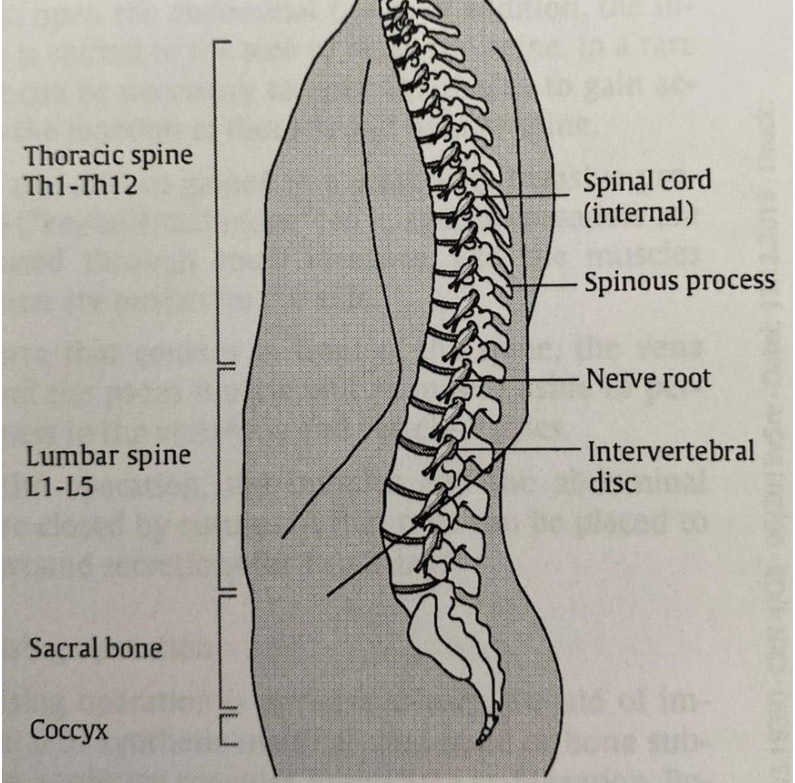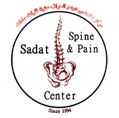
Spinal canal stenosis & instability
Spinal canal stenosis & instability

Stabilisation of the spine(Arthrodesis)
The spine facilitates mobility of torso and up-right walking, it protects the spinal cord and neve fibres from injury and overstretching. The spinal cord lies within the vertebral canal, which is bordered at the front by back face of vertebral bodies or the intervertebral discs and at the sides by vertebral arches which fuse together towards the back to form the spinous process.
Degenerative disease can disrupt the stability, i.e, it can weaken the cohesion of vertebrae which can move against each other. The intervertebral discs and vertebral joints are worn away, and painful arthritis occurs. The spinal canal must be exposed during some operations on the spinal cord or the nerves, which can also lead to a loss of stability.
What are treatment options?
1-Invasive
2-Non invasive(surgical)
Primary treatment like bed rest, infusion, injection, medications, physiotherapy, etc. But if it does not be useful invasive treatment(surgical treatment like nerve roots block or fusion) can be performed.
How is the operation is performed? Depending on degeneration or instability of your spine, corrective surgery can be performed. They are performed under general anaesthesia on principle.
Stabilisation: These operation is done with using implants or Synthetic materials or bone substitute. For spinal canal fixation Plate, Cages, Screws are used.
Screws & Rods: They are used in internal fixation or posterior approach. Screws are used in vertebral bodies.
Cage: It is replaced the removed disk
Spinal cord stenosis
Displacement of intervertebral disc tissue need to be relieve spinal cord and nerve roots.
Intervertebral disc tissue displacement has different names:
1-Kyphosis: thoracic degeneration
2-Scoliosis: spinal canal deformity
3-Lordosis:Increasing lumbar arch
4- Spondylolisthesis: Displacement of one spinal vertebra compared to another
References
1- Spine from Theime
2-Spine from schattauer
